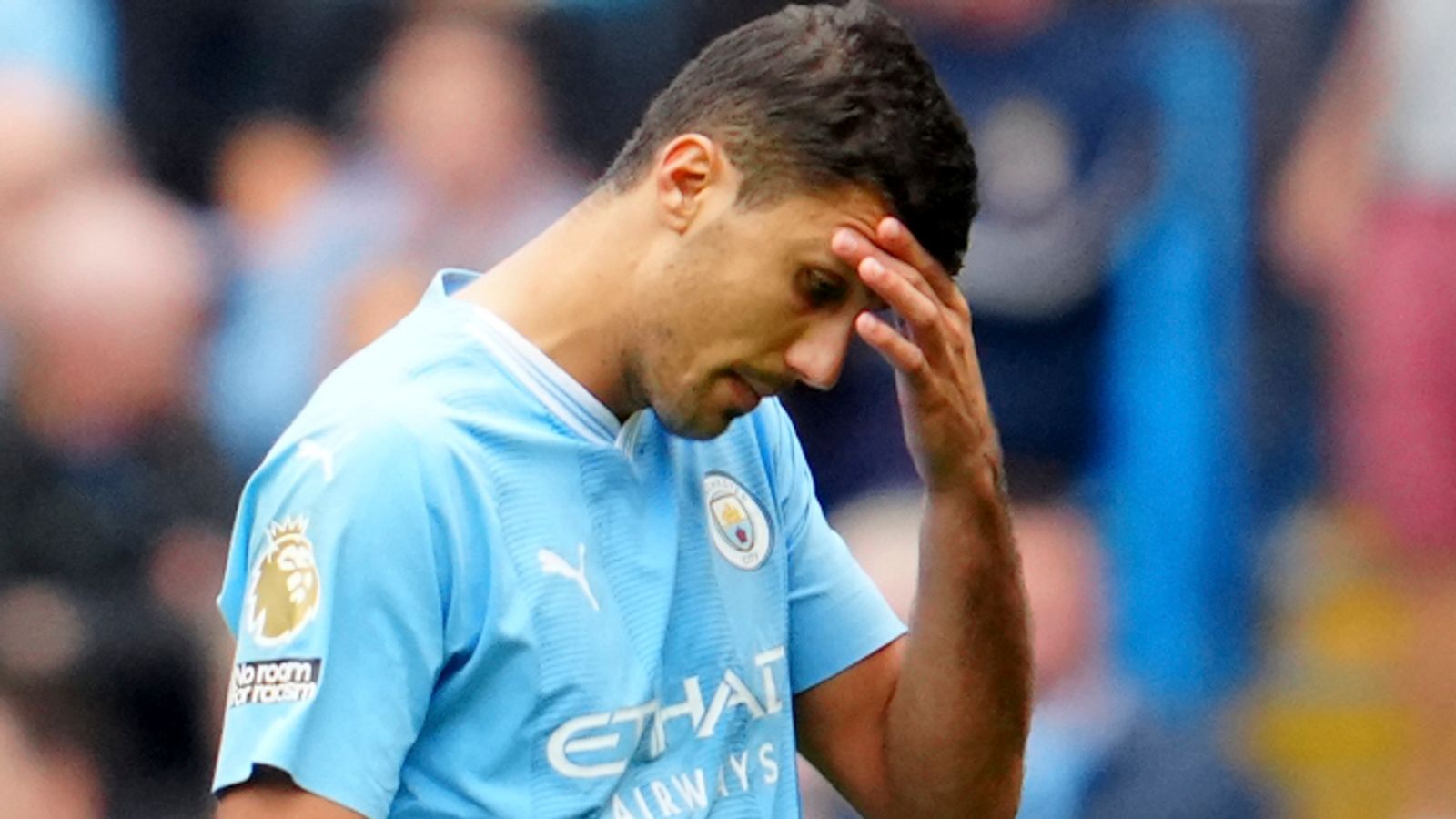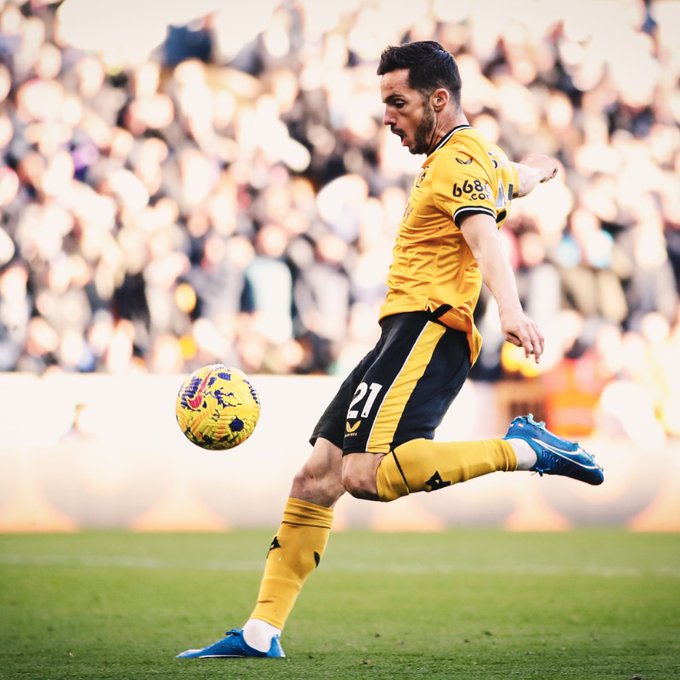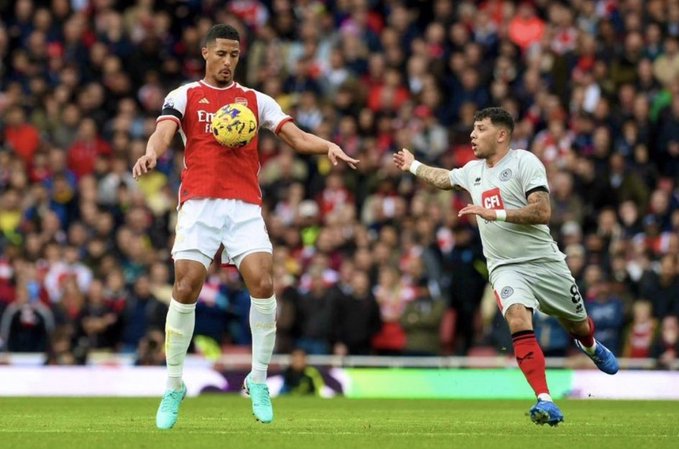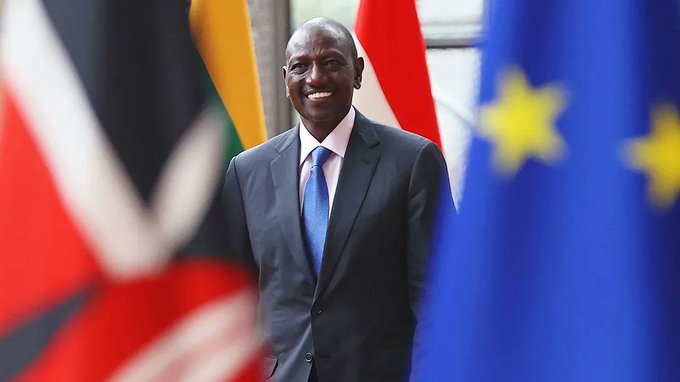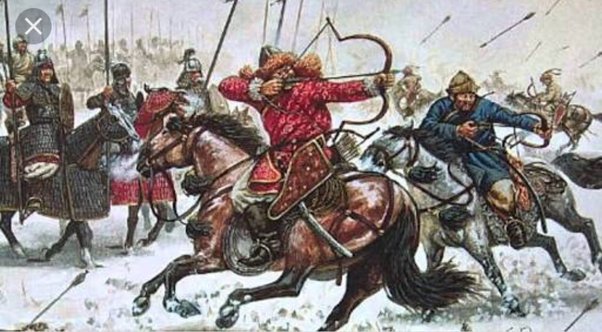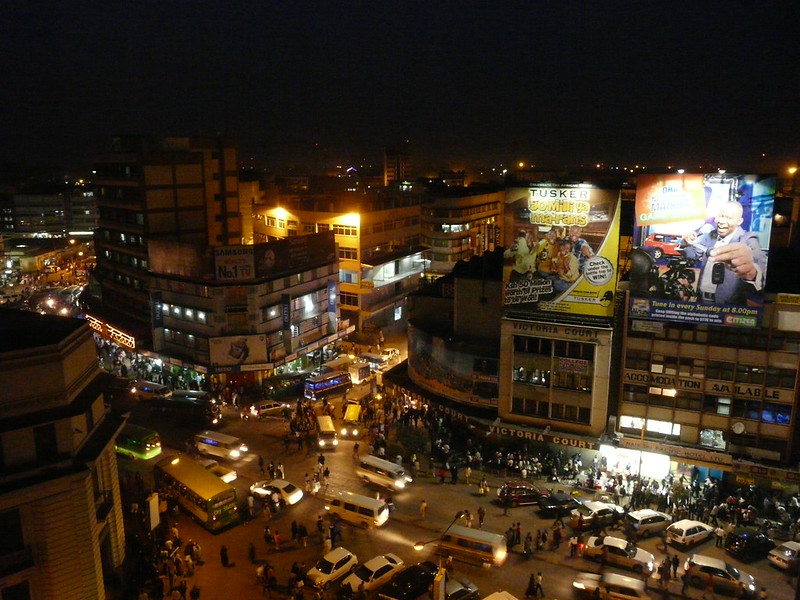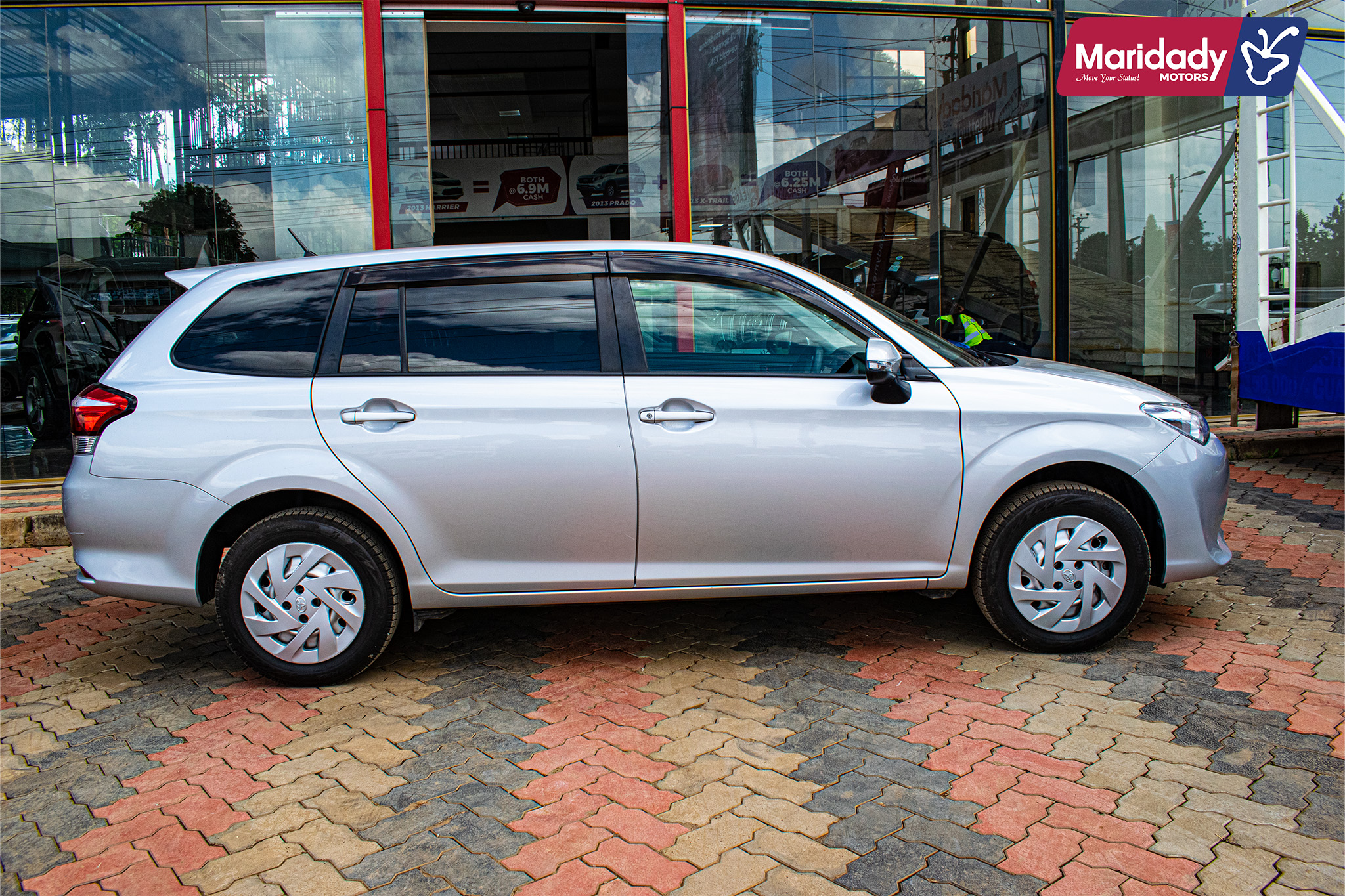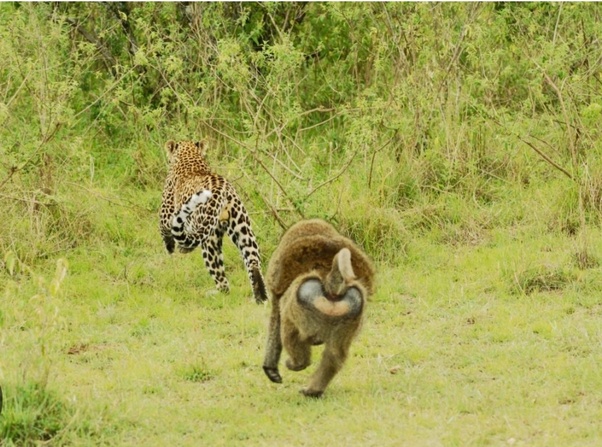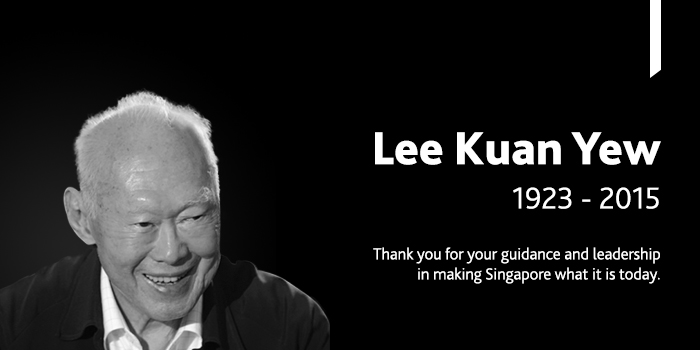
Lessons African Leaders Can Learn from Lee Kuan Yew
Lee Kuan Yew, the first Prime Minister of Singapore, is widely regarded as one of the most successful leaders in modern history. His leadership and vision transformed Singapore from a small, underdeveloped nation into a thriving economic powerhouse. African leaders can draw valuable lessons from Lee Kuan Yew’s leadership style and strategies to drive development and progress in their own countries. Here are some key lessons:
- Long-term Vision and Planning: Lee Kuan Yew had a clear vision for Singapore’s future and developed long-term plans to achieve it. African leaders can learn the importance of setting ambitious goals and creating comprehensive plans to guide their country’s development. This involves identifying key sectors for growth, investing in infrastructure, and fostering innovation and entrepreneurship.
- Strong Leadership and Governance: Lee Kuan Yew believed in strong, efficient, and corruption-free governance. He implemented rigorous anti-corruption measures and ensured that government officials were held accountable for their actions. African leaders can learn the importance of strong leadership and good governance in driving economic and social development.
- Investment in Education and Human Capital: Lee Kuan Yew understood the importance of investing in education and human capital as the foundation for economic growth. He prioritized education and implemented policies to ensure access to quality education for all Singaporeans. African leaders can learn from this and focus on improving their education systems to empower their populations and build a skilled workforce.
- Promotion of Foreign Investment: Lee Kuan Yew actively courted foreign investors and created a business-friendly environment to attract foreign direct investment. African leaders can learn from his approach and focus on creating favorable conditions for investment, such as reducing bureaucracy, improving infrastructure, and providing incentives for foreign businesses to establish operations in their countries.
- Diversification of the Economy: Lee Kuan Yew recognized the importance of diversifying Singapore’s economy to reduce reliance on a single industry. He encouraged the development of various sectors, including manufacturing, finance, and tourism. African leaders can learn from this and work towards diversifying their economies, focusing on sectors with high growth potential and creating a favorable business environment for investment.
- Infrastructure Development: Lee Kuan Yew understood the critical role of infrastructure in driving economic growth. He invested heavily in building a modern infrastructure network, including ports, airports, and transportation systems. African leaders can learn from his emphasis on infrastructure development to improve connectivity, facilitate trade, and attract investment.
- Regional Cooperation: Lee Kuan Yew recognized the importance of regional cooperation and collaboration for economic development. He played a key role in the establishment of the Association of Southeast Asian Nations (ASEAN) and worked towards fostering regional stability and economic integration. African leaders can learn from his approach and explore opportunities for regional cooperation to drive economic growth and enhance trade within the continent.
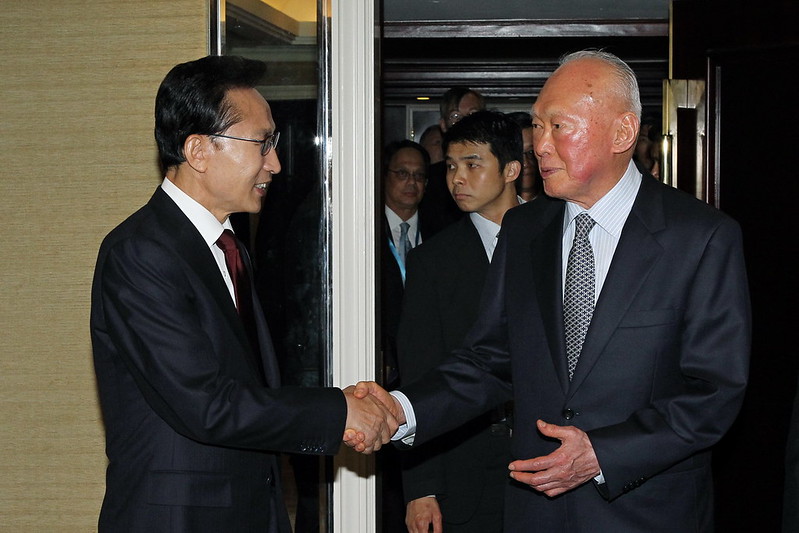
What was Lee Kuan Yew like in person?
I met him more than 20 years ago when I was a flight attendant for Singapore Airlines. Lucky to be the flight attendant in the first class section from Tokyo to Singapore.
PM Lee Kuan Yew traveled in a regular first class as everyone else, ate from the same menu and only had one request- to have his beer served at room temperature. He had 2 security personnel who sat in the last row but who never interfered through out the flight.
Mr. Lee was traveling with his beautiful wife who was very protective and watchful of everything he ate. They were such a loving couple. Chatty to each other and extremely cordial to all the staff on the flight. He joked with me, asked me where I was from ( I am Malaysian), asked my future plans and if I would consider being a Singapore citizen.
After dinner, other first class passengers, requested that I ask Mr.Lee for autographs and pictures and he obliged . The first class passengers (all nationalities) were extremely respectful of Mr.Lee. One, I remember so well, an American, on his own accord, went to business class section to smoke.
As we had a sleeping bunk (for pilots to rest on flights above 10 hours), Mr. Lee and Mrs. Lee rested in the bunks (as it was not used by pilots on this shorter sector). Mrs. Lee tucked Mr. Lee in ( I was there to assist) and just before I switched off the lights, PM Lee said “”Good night Dear” … and Mrs. Lee answered “”Good night Harry”.
After they woke up, an hour before landing, I took up the courage to ask for a group photo. Mr. Lee said yes but only after he make himself ‘handsome’- he went to bathroom to comb his hair- and came out smiling. He put me in the middle between him and Mrs. Lee and the rest of the crew stood on the sides. After the photo taking, he asked me if I would like his autograph! I was so thrilled, I took a stack of airline postcards, and both Mr. and Mrs. Lee signed on about 10 of them. I kept one for myself and distributed to the rest of the crew members- including the pilots.
In all, this was my most memorable experience I had in my 22 years flying for Singapore Airlines. As can be seen, I can remember every detail as I was so in awe with LKY and how pleasant and ‘almost’ approachable he was.
On a final note, during embarkation, as Mr. Lee walked into the aircraft, passengers (who were curious with all the extra security procedures) realized that it was Mr. LKY, without a beat, stood up and gave him a standing ovation! It was an awesome sight and incredible feeling to behold! He was well loved, greatly respected and we will always miss him…
Lynda Chan · Former Inflight Supervisor at Singapore Airlines (SIA) (1981–2003)
I was fortunate enough to meet the man sometime in the mid-2000s. I will share a small memory, which I still remember vividly. This was when I was still working in photography. A good friend who I was working with asked me if I was willing to take over a photography assistant gig, assisting a foreign photographer at a rather short notice. I said yes of course. I met the photographer (who came in from Hong Kong) 1–2 days before the shoot itself, and he briefed me on how many shots we were going to take and the time allocated (15 minutes!) but he didn’t mention who we were shooting and where we were heading. I was also a bit perplexed by his request to come in a nice shirt and to bring along my passport as well. Anyway, the day came and we loaded all our equipment into a van…and we ended up at the gates of the Istana (much to my surprise). So only there and then I found out that we were going to shoot Mr Lee Kuan Yew for TIME magazine.
I’m going to skip the details of the shoot and go straight to how he is like in person, in context of the photography session. He was tall, towering over most of us, with a loud boomy voice (this from years of speaking publicly I guess) and I felt rather scared to be honest. He must have been in his eighties then but he moved without difficulty, spoke clearly, observed and listened to everything around him. He asked the photographer (whose name is Paul Hu) where he was from, and the photographer mentioned that he’s from Hong Kong…and of course, then he in his booming voice asked me, “are you from Hong Kong too?”. I replied, “I’m from Singapore, sir. I’m Singaporean”. His curt reply to that? “That’s what I thought”.
Anyway, that was all the interaction we had (including some “please smile more sir” and other encouragements), in the end we only had five minutes of shooting time. Bear in mind, during this period we were still shooting on medium format (Mamiya RZ67 if I recall correctly), and never in my life I had to write on the polaroids, watch the lights and load/empty the cartridge so quickly within a five minute time limit. All in all, my memory of him in person was pretty much about ultimate respect..and also fear.
Anonymous
I am a Pakistani who has followed Lee Kuan Yew over the years!
I felt so sad when he passed away because I always used to listen to his advice and golden quotes on YouTube. He always had something unique to say to all of us!
What a naturally gifted man he was, and I salute him for the work he did as the Founding Father of Singapore. Lee never really changed his views and only, at the end of his political career, did he allow casinos to operate in the Island City.
He was forthright, stubborn with his opponents, strong and vocal, incorruptible and above all a visionary! a leader, a doer, a Bismark on the Asian Scene.
What made Singapore so successful?
Of course, it was Lee and his team! the Civil services Head appointed by the great leader brought in the best of the best talent to serve Singapore. All the right people were appointed to the right positions at the right time!
Never came under pressure, as he knew his country was surrounded by Anti -Singaporean forces such as Indonesia and Malaysia. He developed a strong defence and to pay for that a strong economy backed by an equally well-disciplined and well-educated workforce and civil society.
I remember how he turned this mosquito-infested swamp and fishing village into an economic force for others to recognize. Not many people know about it, but the fact of the matter remains that Deng Xiaoping changed China and opened the latter’s doors to foreign capital and investors after he visited Singapore, back in 1979!
He was astounded to see how clean, green and well-stocked Singapore is compared to China only within 18 odd years.
It was Lee Kuan Yew who changed not just the entire region, but his views shaped the future of Mainland Chinese Leadership too! All Chinese up to 1979 were tail-end Soviet Products, speaking Russian as their second language. Lee taught the Chinese how to make their economy more outward-looking.
His economic vision and that of his Finance Minister – Dr Goh, for Singapore, was remarkable! After building up foreign exchange reserves for Singapore under Dr Goh, the MAS – Monetary Authority of Singapore, became an icon for other central banks in the region, never looking back again!
Lee understood the Chinese X – Factor well! he knew the Chinese were born businessmen and entrepreneurs. He knew how to harness the potential of his talented businessmen by moderating their animal spirits.
Today what we have in Singapore, is a Capitalist economy based on a Socialist bed. HDB flats, the CPF Central Provident Fund, the excellent social infrastructure, the world-class universities, the English-speaking masses, the clean, and green sustainable development, the friendly attitude towards foreign capital investors and businesses, the relatively corruption-free working atmosphere, the second-to-none judicial system, the excellent and strict application of laws, the secular state mindset, and above all the support given to Lee by his talented and well-trained bureaucracy made Singapore what it is today!
I remember once Lee compared Singapore to Srilanka! that is a very important comparison. Because Srilanka like Singapore is a former British Empire Colony. Both countries have an English-speaking educated elite and are backed by masses with a high degree of literacy.
So why Ceylon aka Srilanka FAILED?
And why on the contrary Singapore Succeed?
Because Singapore did not exacerbate Racial Tensions! They adopted ENGLISH as their official working language and the language of choice and instruction at most of their academic institutions, and as the language of correspondence and speech in the government. Unlike, how the Ceylonese Sinhala Buddhist Extremists imposed Sinhala across the board, which led to bloodshed and Tamil Insurgency in the North of Ceylon.
Lee didn’t want to turn Singapore into CEYLON, aka Srilanka! he knew matters of Language, race, and religion can spark fireworks! he didn’t allow the three nefarious factors to spoil his society or damage the nation’s fabric.
Lee, who started as a Socialist, changed his views dramatically after he studied the Japanese Economic Revival in the post – Korean War years. He was very impressed to note the productivity growth and rebuilding work done by the Japanese after the end of WWII and during the Korean War.
Singaporean Economy became synonymous with MNCs and TNCs. Multinational Companies opened up head offices in Singapore and the latter became a regional headquarters for foreign capital. The Jurong Industrial Park was a starling success and so were the other industrial investments e.g. the entrance of Petro and Industrial Chemical/refinery businesses in the Singaporean market. The Japanese were the first to take advantage of Singapore’s Economic Location.
The Water Management System of Singapore was another miracle performed by Lee Kuan Yew! Water recycling and water conservation became Lee’s obsession. The deal signed with Malaysia enabled Singapore to just manage its scarce water resources, but the way Singapore re-cycles its water is remarkable.
Also, the cleaning of Singapore’s seaside was just another remarkable achievement of Lee Kuan Yew. Today, Singapore boasts excellent views of the sea, with numerous buildings standing on the waterfront.
Lee Kuan Yew didn’t tolerate useless chattering and political dissent, and never allowed the opposition to talk nonsense! I think his firm handedness paid off. He always used to say there is no room for two competitive teams to exist in Singapore. There will always be one team, which will lead the nation forward!
I can go on and on!
Lee will be remembered as the Bismark on the Asian stage, and today he is attested by all scholars, students, and keen watchers, working in the fields of both entrepreneurship and leadership.
From Imran Khan Pm of Pakistan to the President of Rwanda to many others within the Chinese Politburo to the most important leaders on Capitol Hill, continue to regard Late Lee as an Icon of state-guided market economic development and as a China Watcher!
Margaret Thatcher (ex-PM Of the UK) used to say =>
“ MR LEE IS ALWAYS RIGHT! “
How right the Iron lady was!
THERE CAN BE NO OTHER LEE KWAN YEW!
Long live great man’s hard work!
May you rest in peace.
Syed Adeel Hussain
In conclusion, African leaders can learn valuable lessons from Lee Kuan Yew’s leadership style and strategies. By adopting long-term vision and planning, promoting strong leadership and governance, investing in education and human capital, attracting foreign investment, diversifying the economy, focusing on infrastructure development, and fostering regional cooperation, African countries can pave the way for sustainable development and progress.
Related Posts
-
Nairobi Emerges as a Regional Hotbed of Dollar Millionaires
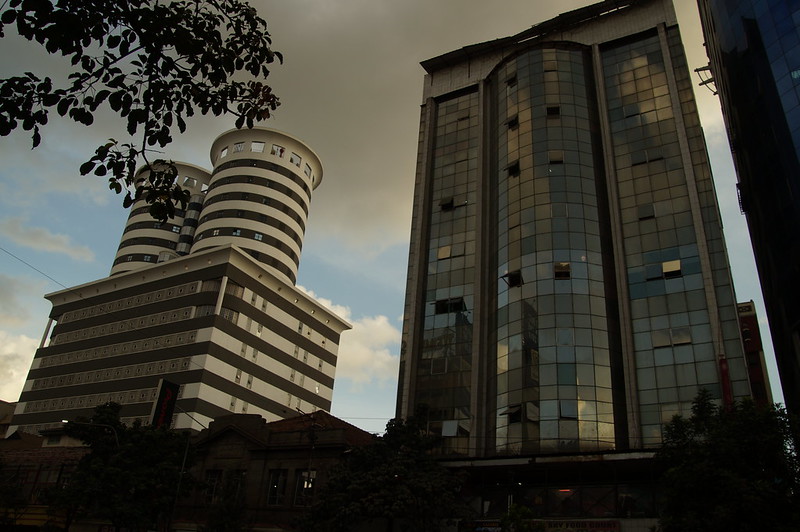
Nairobi, the capital city of Kenya, is witnessing a significant increase in the number of High Net Worth Individuals (HNWIs). A new report reveals that Nairobi is home to the majority of wealthy Kenyans, with the number of dollar millionaires projected to reach 12,960 within a decade. This article provides insights into the growth of…
-
TSC to Deploy 6,000 Teachers to Special Schools – Addressing the Shortage of Educators
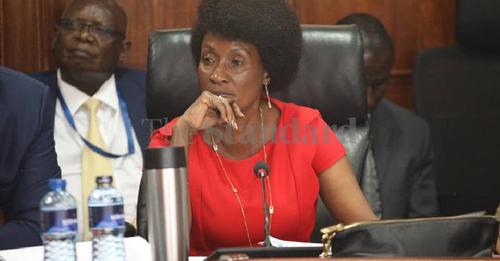
The Teachers Service Commission (TSC) has announced plans to deploy 6,000 teachers to Special Needs Education (SNE) centers to address the shortage of educators. This move comes as a result of a collaboration between the TSC and the Kenya Union of Special Needs Education Teachers (Kusnet). Read more on The Standard.
-
Is this the Most Beautiful Snake in the World?
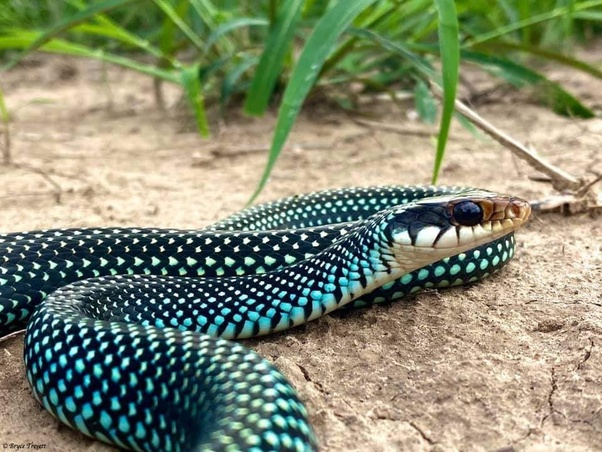
Explore the world of the Speckled Racer, a non-poisonous snake native to the United States. Learn about its appearance, distribution, diet, behavior, reproduction, and role in the ecosystem. Discover why this species is an intriguing part of the southeastern U.S. wildlife.
